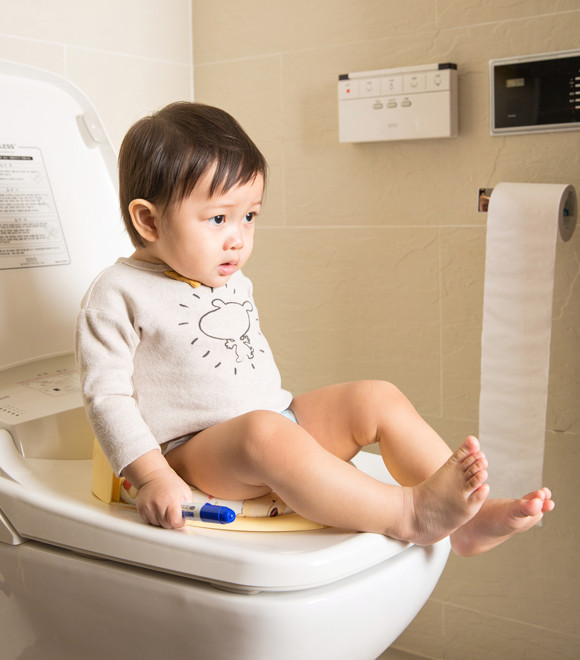

Why should you receive treatment
for hypospadias in AMC?
The department of pediatric urology actively treats 1) kidney and bladder diseases 2) testes and external genitalia diseases and 3) dysuria. Endoscopic and laparoscopic surgeries for kidney and bladder diseases are frequently done to minimize the size of the incision made in pediatric patients. The department performed the largest number of laparoscopic surgery for undescended testes and nephrectomy in Korea. They also make endocrinologic diagnosis of hypospadias and intersex diseases and perform complicated genitoplasties.
Hypospadias is a congenital disorder in which the urethral opening is located on the underside of the penis instead of on the head of the penis. It is caused by the abnormal development of tissues wrapping the urethra, making the penis bend downward. Also as the foreskin and urethra are underdeveloped on the underside of the penis, the penis has no foreskin or looks abnormal like it’s wearing a hood.
It doesn't matter if a baby has hypospadias during his newborn or infant period when the condition is first discovered, but as he grows up and becomes a child or adult, he cannot urinate correctly and may experience splitting or spraying of the urinary stream. In severe cases, peeing standing up or sexual intercourse may be difficult or impossible.
Treatment options

Surgery
1) Timing of treatment
The best time for surgery is between 6 and 18 months of age, when the child has not received toilet training and does not have genital perception. A single operation is usually enough in most cases, but sometimes in severe cases several operations may be needed. Having the surgery early in life is beneficial for it allows for the shortest hospitalization period and helps the child avoid separation anxiety and fear for genital surgery.
2) Hypospadias repair
Hypospadias repair has two goals: one is straightening the curved penis and the other is creating a new urethra that reaches the head of the penis. The new urethra is made with the remaining skin of the penis or the urethral plate, which is the tissue of the defective urethra. Various surgical techniques are available.
- Tubularized incised plate, TIP
- Onlay preputial flap
- Multiple-stage urethroplasty 1 : Staged urethroplasty: Byars flap
- Multi-stage urethroplasty 2: Staged urethroplasty: Skin graft
- Tunica vaginalis flap: It compensates the defect by covering the reconstructed urethra with a tunica vaginalis flap or reduces the incidence of a fistulous opening.

Surgery Complications and Outcomes
(1) Hematoma: naturally disappears over time.
(2) Edema: occurs temporarily and naturally disappears over time.
(3) Urethral fistula: naturally closes in most cases, but sometimes requires reoperation
(4) Urethral stricture: narrowing of the urethra; repeated operation needed because it recurs often
(5) Urethral diverticulum: rarely occurs; may cause postoperative urinary tract infection and pyuria.
(6) Penile curvature: observed when urge to urinate is felt or erection occurs; reoperation required if symptoms persist
